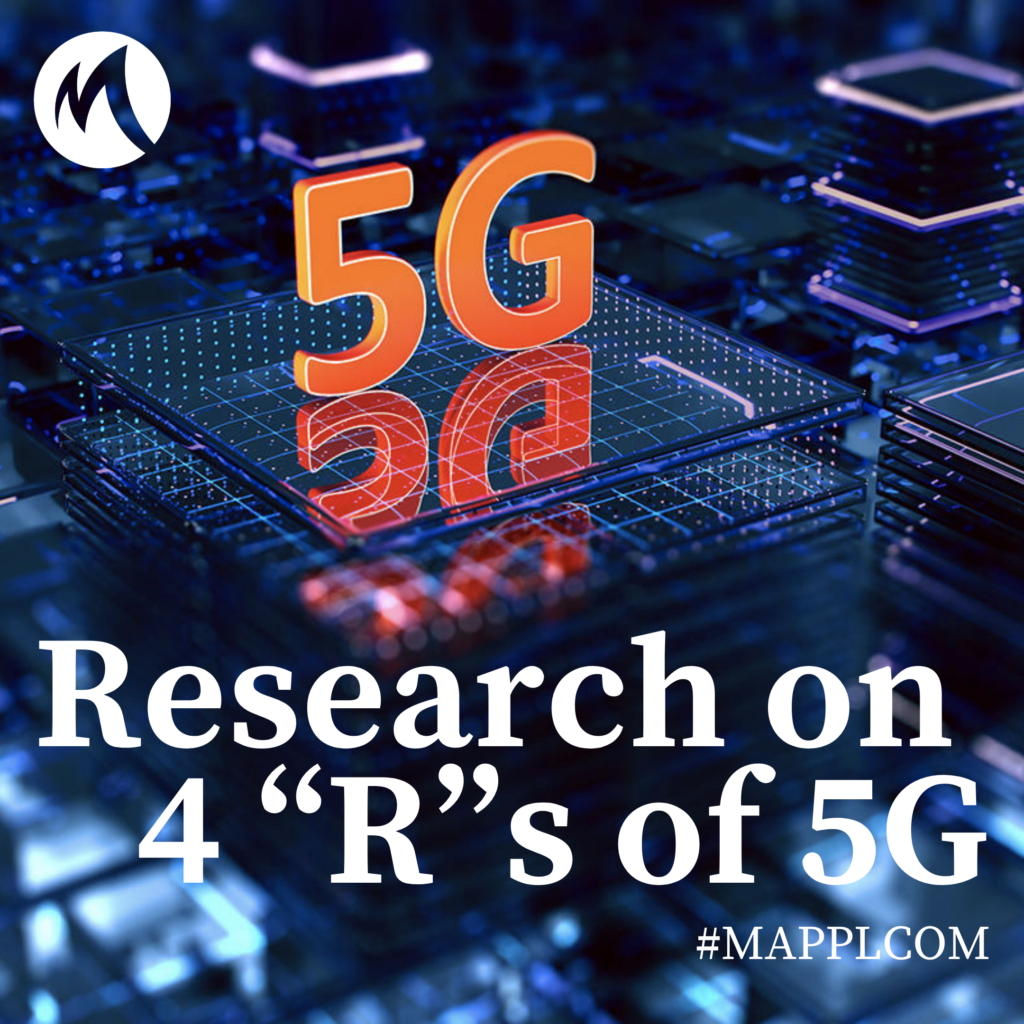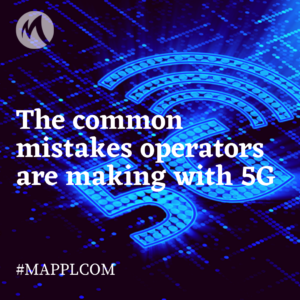Recent research reports about 4 “R”s of 5G: the returns, the revenue and Rosey the Robot

And if the first 2 “R”s are pretty cohesive and have been discussed recently, the last term might definitely confuse even the most attentive audience tracking the new generation technology deployment. Let’s get deeper into details. Due to the recent Gartner’s analyses, there’re lots of 5G-based innovative technologies to come. Obviously, anticipated two decades ago flying cars do not fit in the current technical environment and manufacturers’ capabilities. But some more robust (that equals to more realistic) solution are coming soon – researchers believe. And the ever-helpful robotic home assistant is going to reach the shelves soon, with all the capacities based on 5G.
Among the perks of 5G the same are still named: low latency, high speeds and wider range of services and devices available. It would also give a powerful push for IoT devices, which are currently seriously limited to the test environments implied by 4G networks. Considering that connected devices already fill our environment with Siri, Alexa, Google and Alisa talking to us from everywhere, the future rise of them is estimated as extremely huge! The main factor for AI maid robots (and the one called Rosey, in particular) needed is a lower latency. The anticipated level is 1-6 milliseconds, compared to the current mark of around 60 milliseconds which is 10-60 times higher. This is needed for Rosey’s ability to keep navigating accurately, thus, involving receiving external signals of some objects around and react immediately. In other cases, the cost of such errors would be super-high and would make the end-users unhappy with the level of the product’s quality. And this is not just about navigating, as the full variety of the tasks imputed could include assistance with meals serving, securing the owner, cleaning and laundry, cooking, care-taking and health-related tasks and dozens of other household chores, so, this is going to become a nightmare if something goes wrong.
There’s no doubt that robots are already implemented in numerous cases to take the part of work which can be automatized, but current trends transfer users’ requirements to another side of the question – now tasks involve more soft skills, which need a way higher processing speed to demonstrate results more similar to a human-being’s brain. Without sufficient processing speed, users also have to deal with issues of security, consistency and drop-outs problems.
With some features to be updated, these human-like robots are still in the list of the most promising and expected innovations of the nearest future, thus, also pushing the base technology of 5G toward higher scale of deployment.

